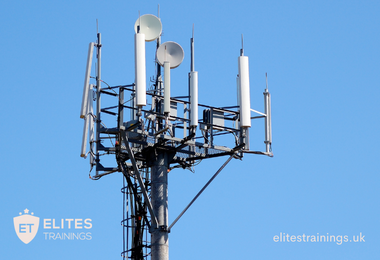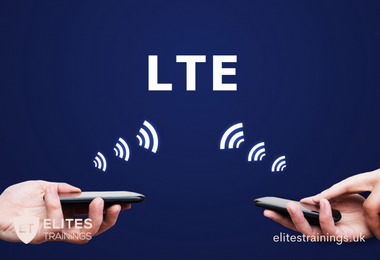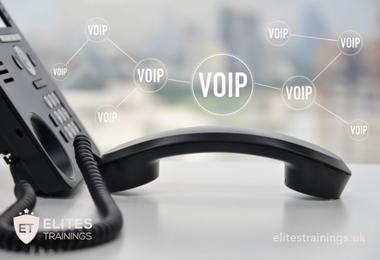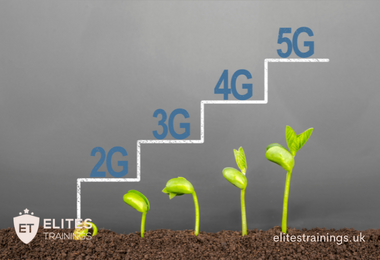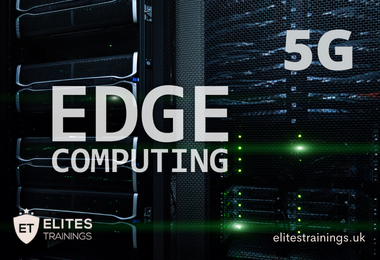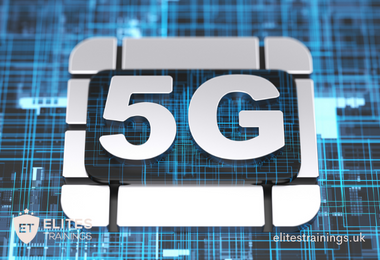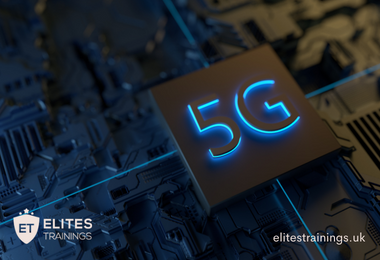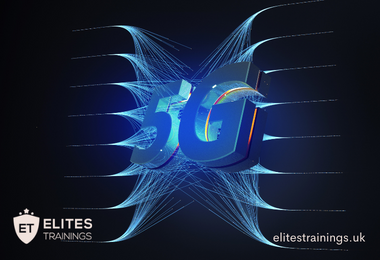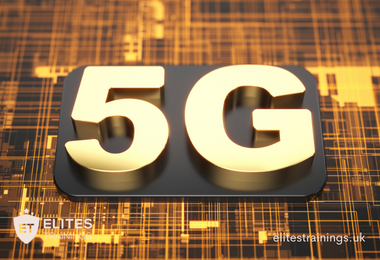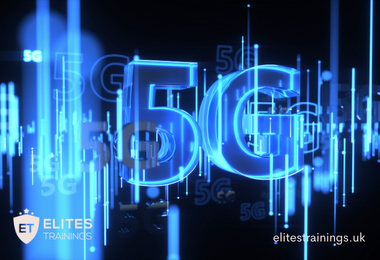The third-generation technology of UMTS continues to play an important part in the global communication landscape and the delivery of mobile broadband services. In this short course, we aim to provide a comprehensive introduction into UMTS and in so doing, provide an overview of the architectural view of UMTS and explain how it supports circuit
With the continuing role out of 5G, the second generation technologies of GSM and GPRS still play an important part in the global communication landscape. In this short course, we aim to provide a comprehensive introduction into the two systems and in so doing, explain how they support circuit switched voice and packet switched data
This course presents the VoLTE/SRVCC signalling for the voice service. It is designed for participants that will work with traces from the IMS/VoLTE networks. The EPS and IMS network architecture and procedures for the voice service in VoLTE solution will be presented, on a level allowing understanding and analyzing SIP and Diameter traces from a
The course explains SIP (Session Initiation Protocol), describes the IMS nodes and architecture and how LTE/EPS serves as an IP-CAN (IP Connectivity Access Network) as described in 3GPP specifications and GSMA (GSM Association) documents. The course also outlines the role of Application Servers in IMS, and how IMS interworks with other networks, e.g. for fixed
You will learn how SIP works within IP-telephony, as well as multimedia solutions, such as presence and Instant Messaging (IM). This course will cover how SIP works both in wireline and wireless solutions and you will need basic knowledge within VoIP and SIP to participate in this course. This is a theoretical training with practical
As telecommunications evolves and becomes increasingly pervasive in society, cybersecurity will need constant vigilance. Security in the era of 5G is going to require continuous assessment and mitigation to ensure that all vulnerabilities and threats are managed proactively. It is important to that we look at security holistically from local to international, from operations to
Most industrialists today wonder how artificial intelligence (AI) is likely to upset their economic model. It must be said that the latest advances in this area: Chatbots, translation automated in real time, Robotic Process Automation and Machine Learning, just to name a few, are showing promise. They open the field of possibilities in matters of
The 3GPP Mobile Systems Overview course describes four generations of 3GPP systems from the voice-centric GSM via UMTS to later developments such as high-speed Mobile Broadband, LTE, IMS, VoLTE and the emerging 5G System. All topics are presented in a comprehensive – yet easily understandable – way. Essential subsystems, nodes and procedures are described. Basic
The main objectives of MEC are: optimization of mobile resources by hosting compute-intensive applications, pre-processing of the large data before sending it to the cloud, enabling cloud services within the close proximity of mobile subscribers, and providing context-aware services with the help of radio access network information. In doing so, MEC enables a wide variety
In order to provide the general context the course briefly introduces the overall roles of all the major 5G Network Functions (NFs), and the outline of the basic 5G traffic cases – the 5G Registration and PDU Session Establishment. The course focuses on the 5G Policy Control Function (PCF), explaining the Policy Control model used
The training course starts with a brief introduction to the 5G system architecture, various dangers, threats and attack scenarios and short introduction to basic cryptographic techniques used in digital communication. This is followed by a presentation of security requirements on the 5G system and recommendations from various organizations. The next parts of the course present
The course outlines the O-RAN architecture and terminology, central functions and concepts like SMO, Non-RT RAN Intelligent Controller, Near-RT RAN Intelligent Controller, O-CU, O-DU, O-RU and O-Cloud. Relevant interfaces are described, along with a few simple use case examples. The motives and objectives for Open RAN are outlined, as well as its relationship to technical
The course describes the physical layer design of NR in terms of OFDM numerologies, radio frames, subframes and slot configurations. The course explains the purpose of, and processing of, physical channels with particular focus on control channels. Reference signals for data demodulation, CSI measurements, and sounding are explained. Layer 1 procedures for synchronization, random access,
The course focuses on the voice/multimedia telephony service under IMS control for networks with 5G deployed. It presents the UE and network features and definitions that guarantee establishment, handling, and service continuity for the telephony service within the 5G ecosystem. Significant parts of the course focus on the interworking between 4G and 5G on the
This course presents the signaling communication within 5G Core Network as specified in the current Rel-16 3GPP standards. In order to provide the general context, the course briefly introduces the network organization, the roles of all the major 5G Network Functions (NFs), the basic 5G use cases (eMBB, mMTC and URLLC), the UE identities, and
We introduce the relevant basics of NG-RAN (Next-Generation Radio Access Network) together with the roles of the various NFs (Network Functions), as defined by current 3GPP R15 standards and emerging R16 additions. The interactions both within the 5GC and between the 5GC and the NG-RAN are also explained.


